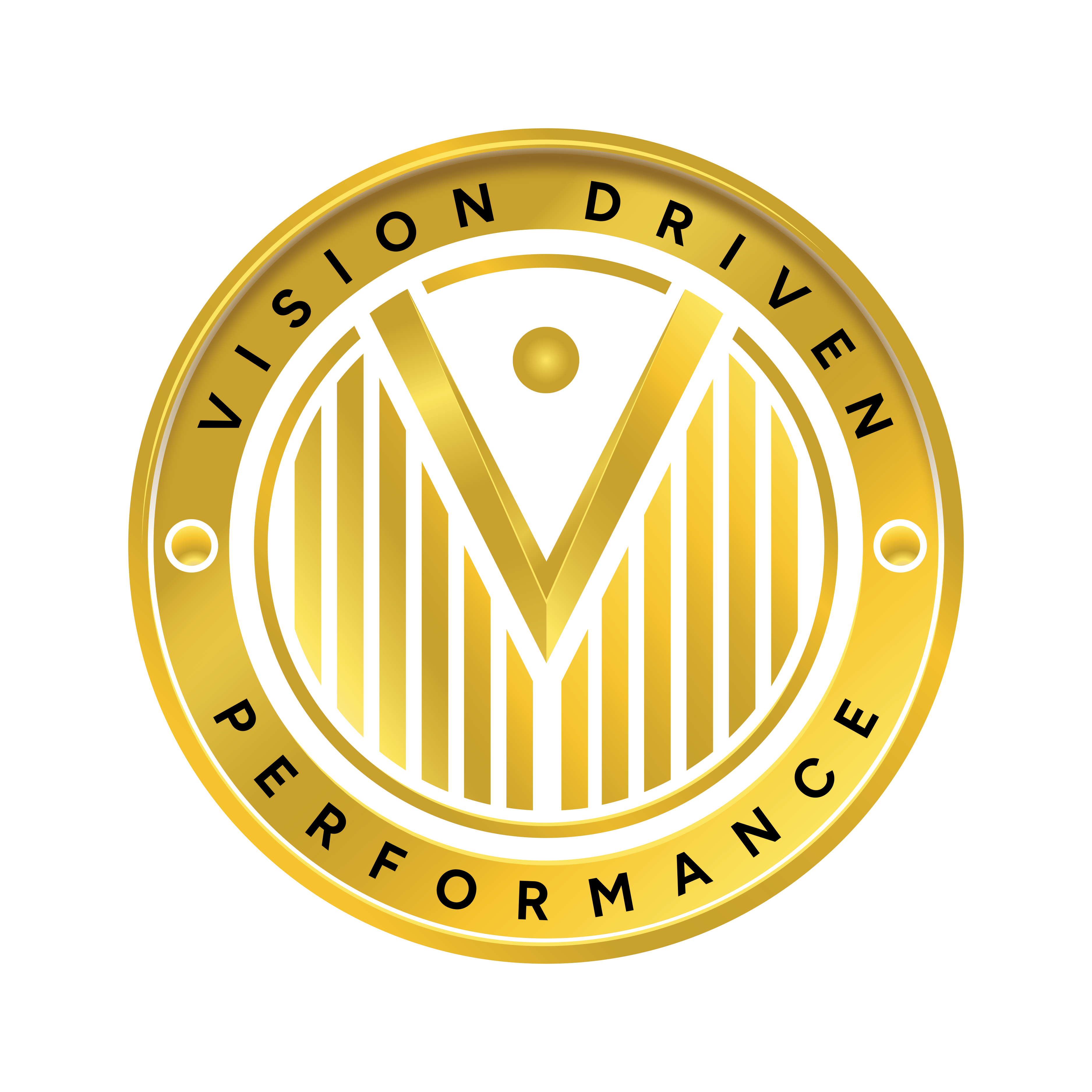A comprehensive business plan typically includes ten key sections, each providing essential information about the business and its operations.
Here are the ten contents of a business plan…
- Executive Summary
- The executive summary provides an overview of the entire business plan, summarizing the key points and objectives. It includes highlights of the business concept, market opportunity, competitive advantage, financial projections, and funding requirements.
- Business Description
- The business description section provides detailed information about the nature of the business, its mission, vision, and goals. It outlines the products or services offered, the target market, the unique value proposition, and competitive positioning.
- Market Analysis
- The market analysis examines the industry, target market, customer needs, and competitive landscape. It includes market research findings, such as market size, growth trends, customer demographics, and competitor analysis.
- Marketing and Sales Strategy
- The marketing and sales strategy outlines how the business will attract, acquire, and retain customers. It includes strategies for branding, promotion, advertising, pricing, distribution channels, and sales tactics.
- Organization and Management
- The organization and management section describes the structure of the business, including ownership, management team, key personnel, and organizational chart. It highlights the qualifications and responsibilities of key individuals and demonstrates their ability to execute the business plan.
- Product or Service Line
- The product or service line section provides detailed information about the products or services offered by the business. It includes descriptions, features, benefits, pricing, and any proprietary technology or intellectual property.
- Operational Plan
- The operational plan outlines how the business will operate on a day-to-day basis. It covers production processes, supply chain management, inventory control, facilities, equipment, technology, and quality control measures.
- Financial Projections
- The financial projections section presents forecasts of the business’s financial performance, including revenue projections, expense forecasts, cash flow projections, and profitability analysis. It includes income statements, balance sheets, and cash flow statements for the next three to five years.
- Funding Request
- If the business is seeking financing or investment, the funding request section outlines the amount of funding needed, the purpose of the funds, and the proposed terms of the investment. It provides investors or lenders with a clear understanding of the business’s capital requirements and potential returns.
- Appendices
- The appendices contain additional supporting documents, such as resumes of key personnel, market research data, legal agreements, licenses, permits, and any other relevant information that supplements the main sections of the business plan.
By including these ten essential contents in a business plan, entrepreneurs can effectively communicate their business concept, strategy, and financial projections to stakeholders, such as investors, lenders, partners, and potential customers. Each section provides critical insights into different aspects of the business and demonstrates the viability and potential for success.





